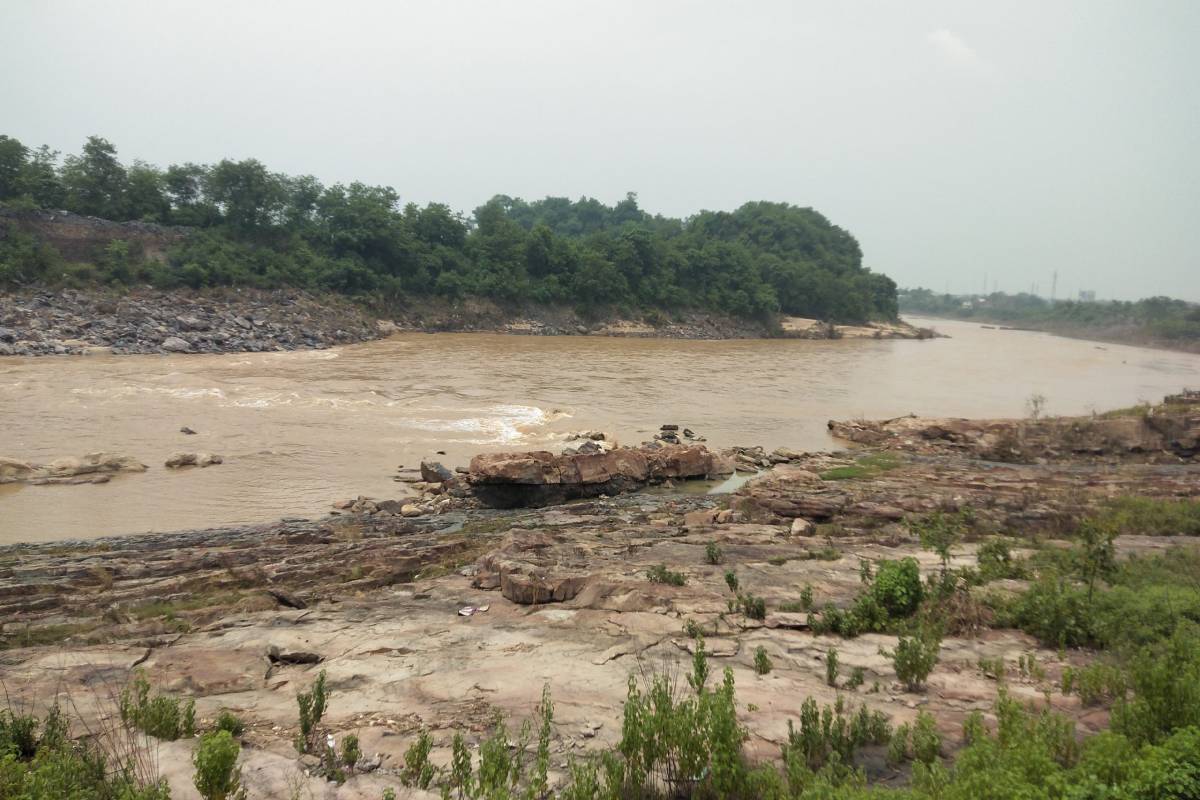The findings of lack of adequate waste water treatment plants leading to the failure in stopping continuous discharge of toxic chemical industrial effluents in a recent study of a BRICS (Brazil, Russia, India, China, South Africa) nations-funded project has given alarming signals about the pollution level and contaminations of nine rivers in the country, including the Damodar and has also identified the likely future cancer hotspots of the state.
World Environment Day and the World Water Week 2022 will be observed from 23 August to 1 September in Stockholm, Sweden this year with the theme, “Seeing the Unseen: The value of water” and at this juncture the observations of the recent international study is very much significant.
Advertisement
Under the BRICS Multilateral Research Project, scientists of the countries will work together to study industrial discharge and identification of organic compounds in water.
Talking to The Statesman, Dr Hirok Chaudhuri, associate professor of physics of National Institute of Technology (NIT) Durgapur and coordinator of BRICS Network University Programme has informed that the main matter of concern is that the drinking, bathing, agricultural and industrial water have highly toxic compositions which are much higher than the permissible limits.
“For instance phenol, commonly known as carbolic, a by-product of the steel plants located in the upper catchment area of river Damodar mixes as effluents and the permissible limit is .0001 mg whereas it has been found to be .1mg in Damodar water near Durgapur. It is even mixing with the groundwater. Damodar is the most polluted river in the country, even more polluted than Kaveri and Yamuna,” he added. The pH and the total dissolved solid percentage level is also very high.
Eastern India disposes of 18.32 per cent of the country’s total wastewater generation. Presently, the wastewater treatment gap in the country in India is 74.95 per cent of the country’s total waste water generation. It is a severe threat for the environment, ecology and human health.
Almost 11 rivers flow through different parts of the country and Damodar situated on the eastern part of the country is worst affected, the report says.











